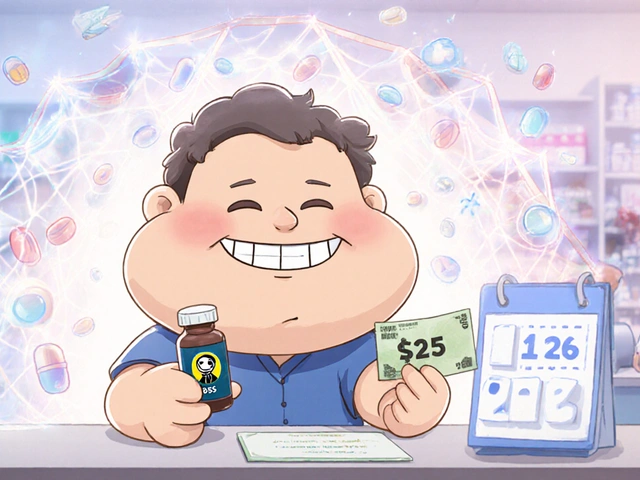Generic Warfarin – Essential Guide
When working with generic warfarin, a vitamin K antagonist that thins the blood to stop clots. Also known as Warfarin Sodium, it’s prescribed for atrial fibrillation, prosthetic heart valves, and deep‑vein thrombosis. Anticoagulant, a drug class that reduces blood’s ability to clot therapy hinges on a delicate balance: too much thinning risks bleeding, too little leaves clots forming. The core of that balance is the International Normalized Ratio, or INR monitoring, a blood test that measures how long it takes blood to clot compared to a standard. Keeping the INR within the target range (usually 2.0‑3.0) is the main safety check for anyone on generic warfarin.
Key considerations for safe use
First, dosing isn’t one‑size‑fits‑all. Starting doses often begin low, then adjust based on the patient’s INR results. A common initial regimen is 5 mg daily, but many clinicians start at 2.5 mg for older adults, those with liver disease, or anyone taking interacting drugs. The goal is to hit the therapeutic INR within a week or two, then maintain it with the smallest effective dose. generic warfarin requires regular lab visits; a missed test can let the INR drift, leading to either bleeding or clotting. Patients should keep a log of their results, doses, and any side effects.
Diet plays a surprisingly big role. Since warfarin blocks vitamin K, the amount of vitamin K you eat directly influences the INR. Leafy greens like kale, spinach, and broccoli are high in vitamin K, so sudden increases or decreases can swing the INR. Rather than avoid these foods, most experts recommend a consistent intake. If you love a spinach salad, have it regularly; if you plan a holiday feast loaded with broccoli, inform your healthcare provider so they can tweak the dose. This relationship is captured by the entity vitamin K interaction, the effect of dietary vitamin K on warfarin’s anticoagulant action, which underlines why nutrition counseling is part of warfarin management.
Beyond diet, a host of drugs can boost or blunt warfarin’s effect. Antibiotics like ciprofloxacin, antifungals such as fluconazole, and even over‑the‑counter supplements like St. John’s wort can raise INR, while certain anticonvulsants and barbiturates can lower it. The best practice is a medication review every time a new prescription is added. Some clinicians use a drug‑interaction checker, but nothing replaces a conversation with a pharmacist who knows the warfarin pathway. When the INR moves out of range, adjusting the warfarin dose is usually quicker than switching to a newer anticoagulant, but alternatives like direct oral anticoagulants (DOACs) are options for patients who struggle with monitoring or have frequent diet swings.
Finally, patient education is the glue that holds the whole system together. Understanding why the INR matters, how to report bruises or unusual bleeding, and when to seek medical help turns a complex regimen into a manageable routine. Many clinics hand out a simple checklist: take the pill at the same time each day, avoid extra vitamin K spikes, record all lab results, and call the clinic if the INR is above 4.0 or below 1.5. Armed with that knowledge, patients can confidently navigate the risks and benefits of generic warfarin while minimizing surprises.
Below you’ll find a curated set of articles that dive deeper into each of these topics—dosing strategies, diet tips, drug interactions, and alternative anticoagulant options—so you can build a complete picture of how to use generic warfarin safely and effectively.
Buy Cheap Generic Warfarin Online - Safe & Affordable Options

Learn how to safely buy cheap generic warfarin online in the UK, verify licensed pharmacies, compare prices, and follow a clear step‑by‑step ordering guide.
read more



